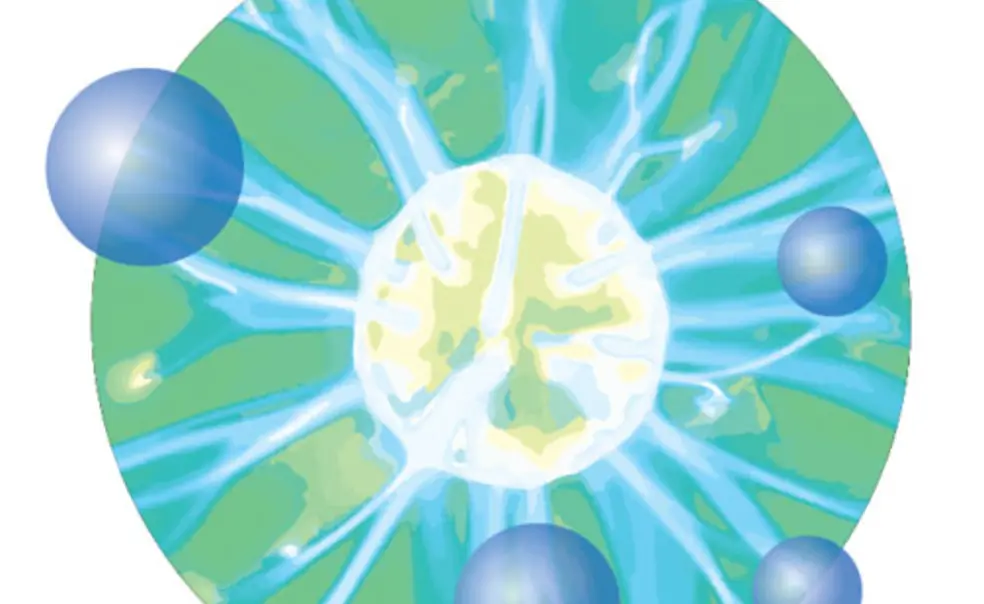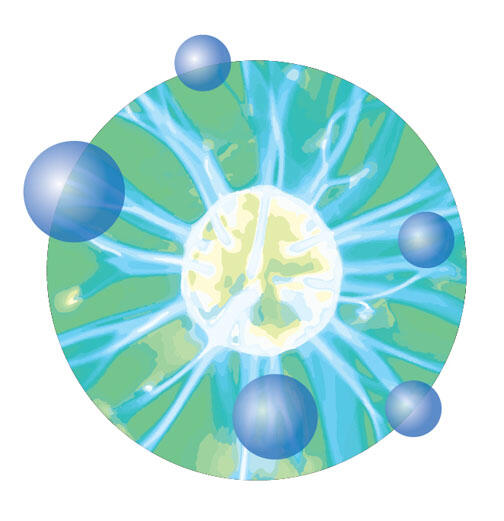FYI: Findings
A 10-minute “aha!” moment led to a possible solution for a mystery that long has baffled researchers working to HARNESS FUSION. David Gates, a principal research physicist at the Princeton Plasma Physics Laboratory, and staff research physicist Luis Delgado-Aparicio proposed a solution to the “density limit” problem, which can prevent fusion reactors from operating at maximum efficiency. The scientists had their “aha!” moment while working on equations that relate to the bubble-like islands that appear in the hot, charged gases — or plasmas — during fusion experiments. The findings were published April 20 in “Physical Review Letters.”
Jesus espoused poverty, yet the CHRISTIAN CHURCH grew rich in late Roman times. Emeritus professor of history Peter Brown explores this paradox in his prodigious “Through the Eye of a Needle: Wealth, the Fall of Rome, and the Making of Christianity in the West, 350–550 A.D.” (Princeton University Press). Brown found that bishops reinterpreted Christianity, allowing wealthy families to tithe generously, not renounce lucre altogether.
Elected president 60 years ago, DWIGHT D. EISENHOWER has been caricatured as a genial duffer but was actually canny in dealing with international crises, argues Evan Thomas in “Ike’s Bluff: President Eisenhower’s Secret Battle to Save the World” (Little, Brown and Company). Former Newsweek editor-at-large and now a Princeton Ferris Professor of Journalism, Thomas sees Eisenhower as brilliant and ruthless, whether at poker or in confronting Moscow.













No responses yet